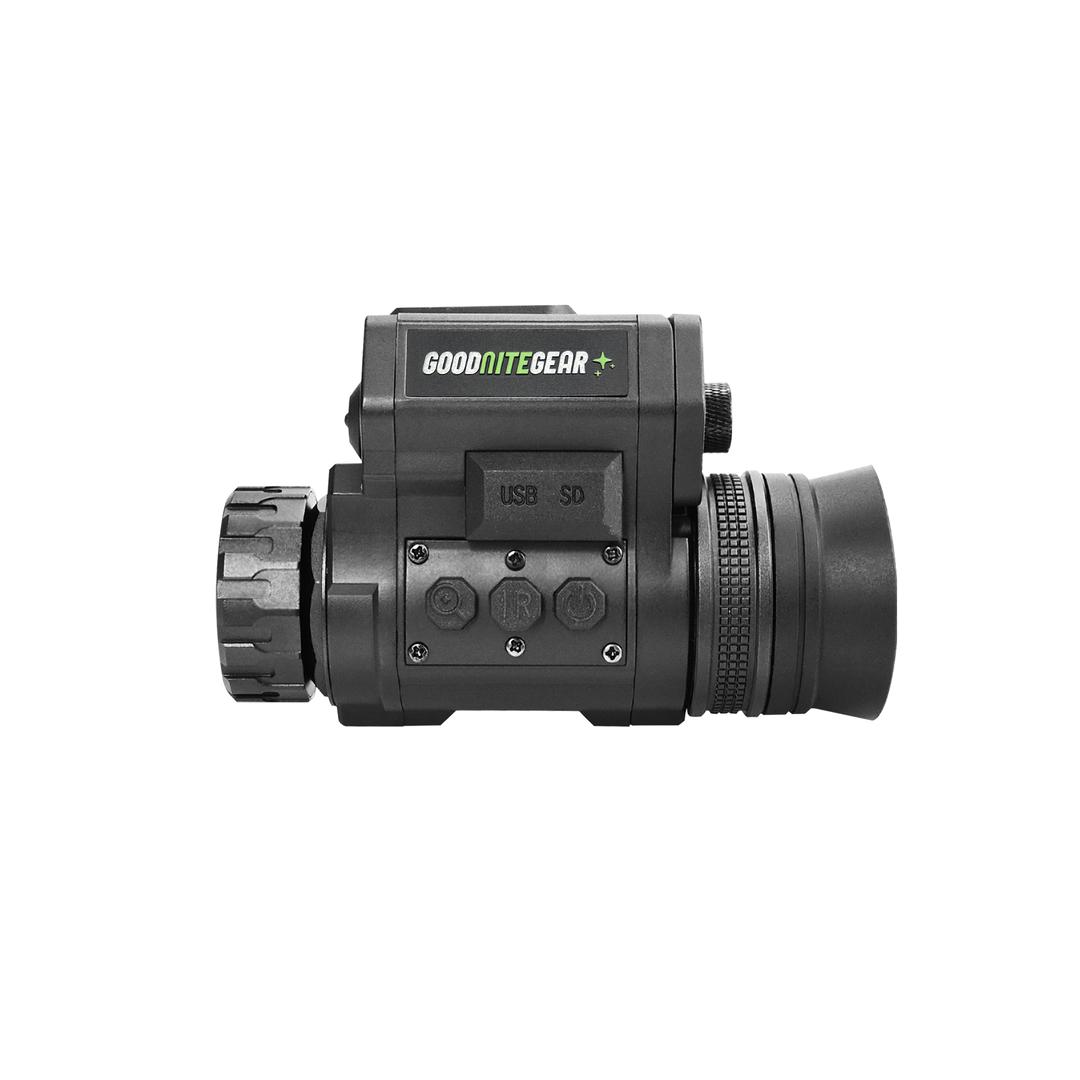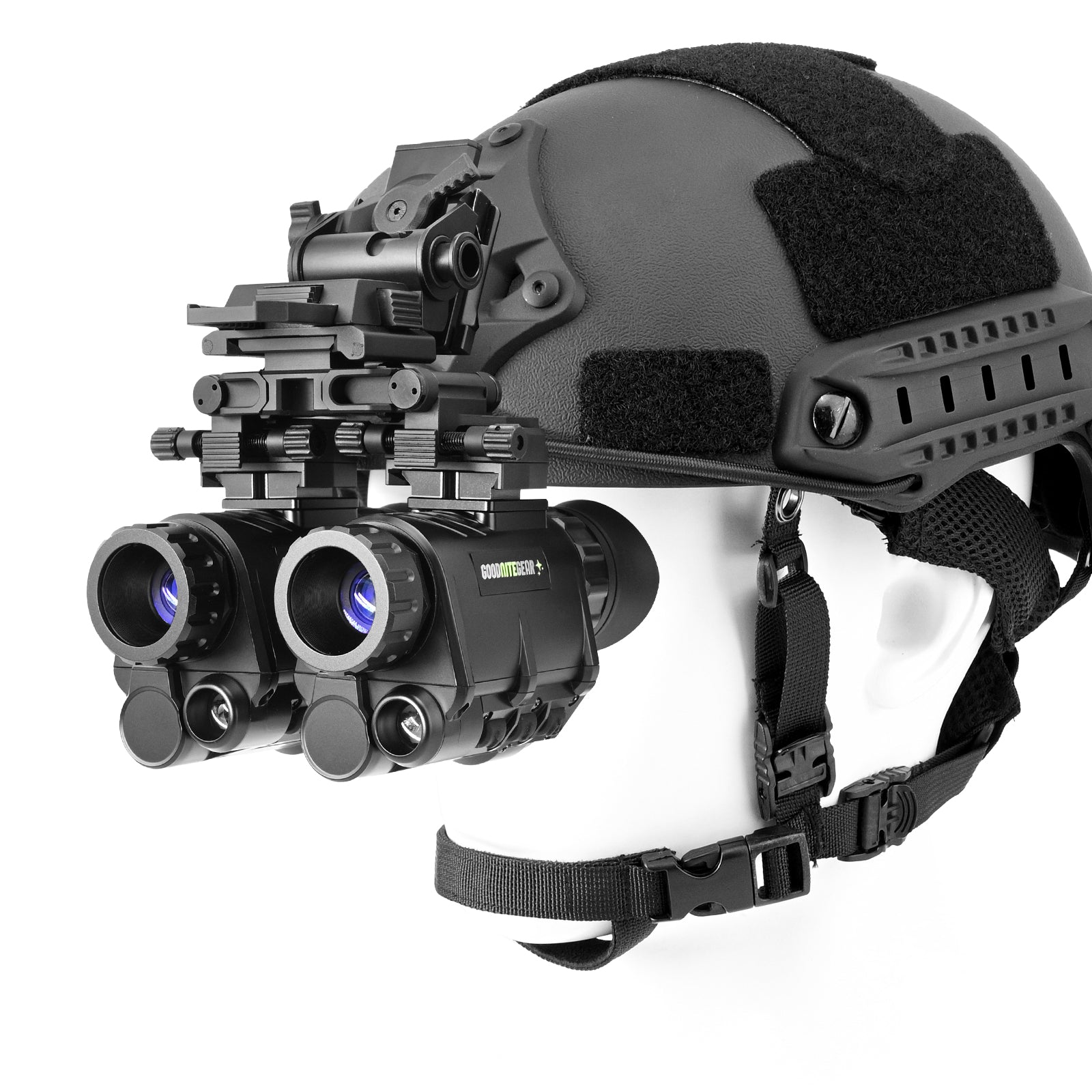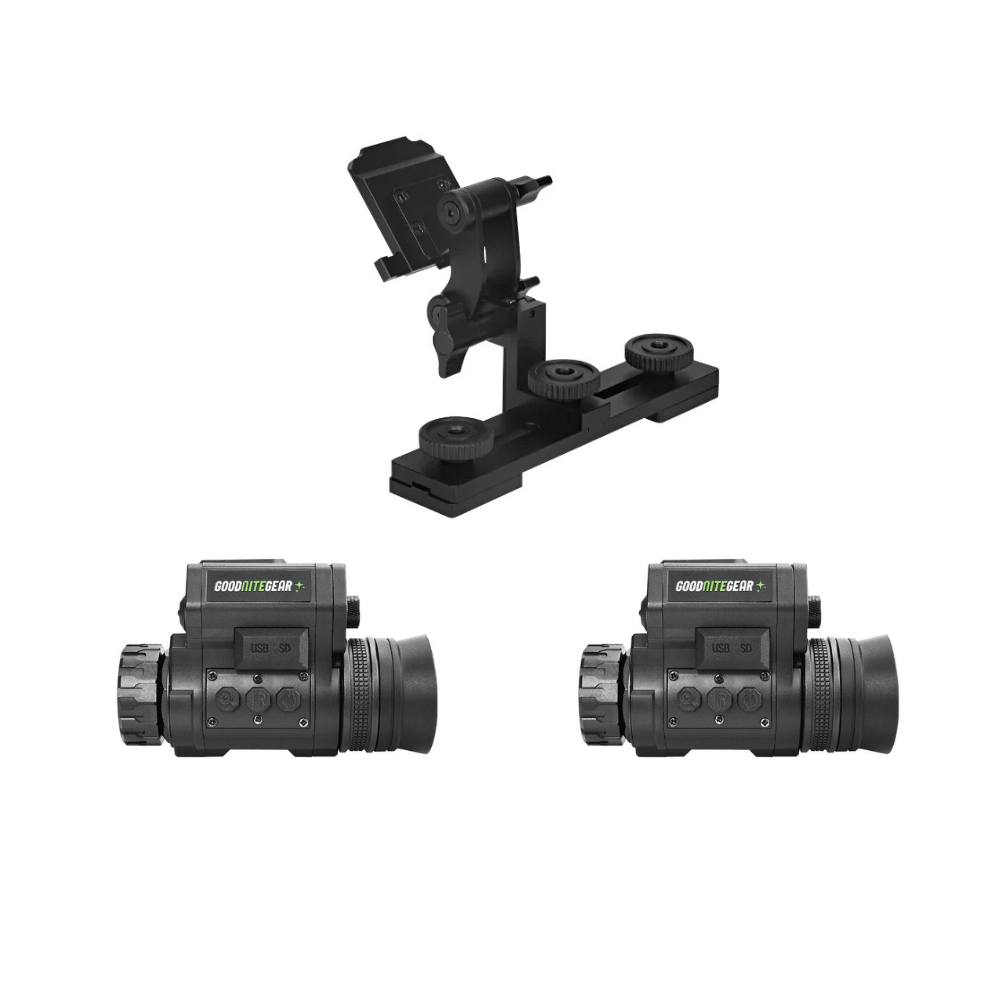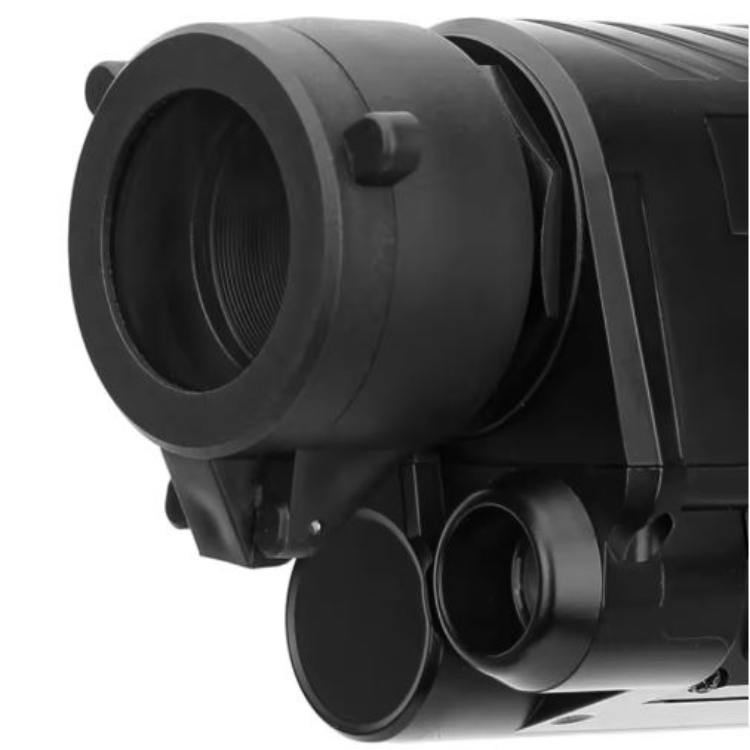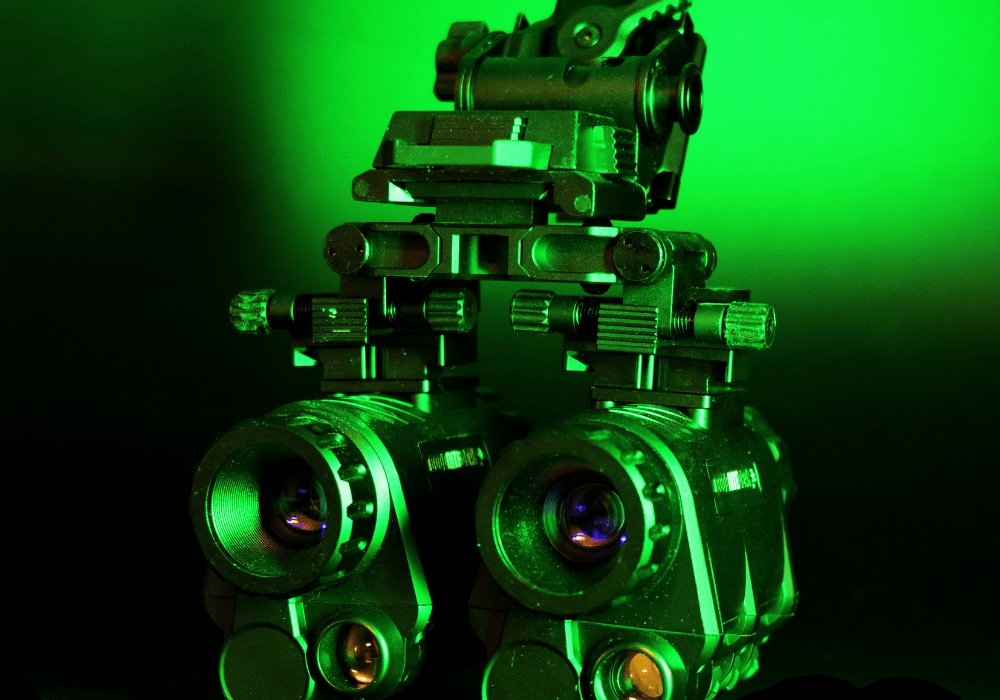Do you know what is the difference between digital night vision and night vision? Regardless of somewhat similar names, analog and digital night vision are quite different from each other.
Good Nite Gear Shop explains these distinctions and their individualized advantages and disadvantages so you can determine which night vision is right for you.
The Basics of Analog Night Vision
In 1935, analog night vision was an oversized German invention that needed a separate infrared (IR) light source to help amplify light in the dark.
Analog night vision has two other names:
-
Traditional night vision
-
Night vision
Conventional night vision devices need a photocathode and image intensifier tube. Together, they help brighten the image for the best visibility. As times have progressed, the technology has also evolved to the point that analog night vision binoculars do not require an additional IR light source.
Analog devices offer real-time imaging with no image delay. Therefore, these traditional devices are preferred by:
-
Special forces
-
Law enforcement
-
Individuals who do not want a motion delay
Modern analog night vision is leaps and bounds beyond the first inventions. However, there are still significant versions, compelling to know more about what is the difference between digital night vision and night vision.
The Basics of Digital Night Vision Devices
Although not a newcomer, technological advancements have made the modern digital night vision device a high-performance camera. Rather than relying on image intensification through tubes, digital technology processes and converts an image into an electric signal. The signal is relayed to a micro-display that, in turn, sends a high-resolution image to the user. Digital NV devices include:
-
Scopes
-
Binocular systems
-
Digital night vision monocular
For several activities, laypersons and professionals use digital night vision. For instance:
-
Sport hunting
-
Surveillance
-
Animal hunting
-
Nature-watching purposes
The Similarities in Night Vision Devices
Both devices depend on ambient light to create the final picture and can be operated in the dark. The image is modified to provide a brighter version of what the naked human eye visualizes. These low-light performance devices are also similar in size and shape, making it easy to switch between devices as they see fit.
Know that digital night vision devices are different from thermal devices. Thermal devices do not use image intensifier tubes to produce the visual, as these rely on temperature variations to distinguish between objects. This allows a thermal scope to be used in total darkness, potentially qualifying as real night vision.
Optimum quality with traditional or digital night vision cameras relies on some visible light.
Both devices perform well and are very practical for private citizens and military or law enforcement units. Many people choose to have both for different situations. Others prefer to own both thermal optics and night vision.
Buy NVG30 Digital Night Vision Monocular.
What is the Difference Between Digital Night Vision and Night Vision?
In addition to operating differently from thermal imaging devices, there are differences between analog and digital NV. These are a few of them.
Battery Life
Most night vision uses batteries. Battery longevity heavily relies on the features and usage. An analog system tends to provide longer battery life than the digital version.
Performance and Adaptability
Most digital devices have a range of capabilities that make them valuable across several situations. Because digital night vision is the technology behind digital cameras, many people choose these products when they want to record or save an image. The digital display also has fewer blemishes and a clearer optical image picture than analog night vision.
There are options for both digital and analog helmet-mounted devices. However, there is the potential to damage an analog device with too much exposure to bright light conditions.
While the objective lens can take in a small amount of ambient light, continuous exposure to too much light can ruin the image tube. Digital options last longer and can be used in daytime and night hunting situations.
Cost
You must decide what you want from a night vision device based on your budget. However, digital night vision is often much cheaper than high-end analog options.
The Bottom Line
When selecting the best gadget for your purposes, it is critical to comprehend what is the difference between digital night vision and night vision. Digital night vision offers agility, picture recording, and cost, whereas analog vision delivers real-time imagery and defined durability. Because each model has distinct benefits and drawbacks, it is vital to consider effectiveness, battery lifespan, cost, and intended usage. Whether for personal security, animal monitoring, or strategic operations, choosing the right night vision equipment guarantees the best outcomes in low-light conditions.
Invest in the best NVG50 Digital Night Vision Binocular now!

